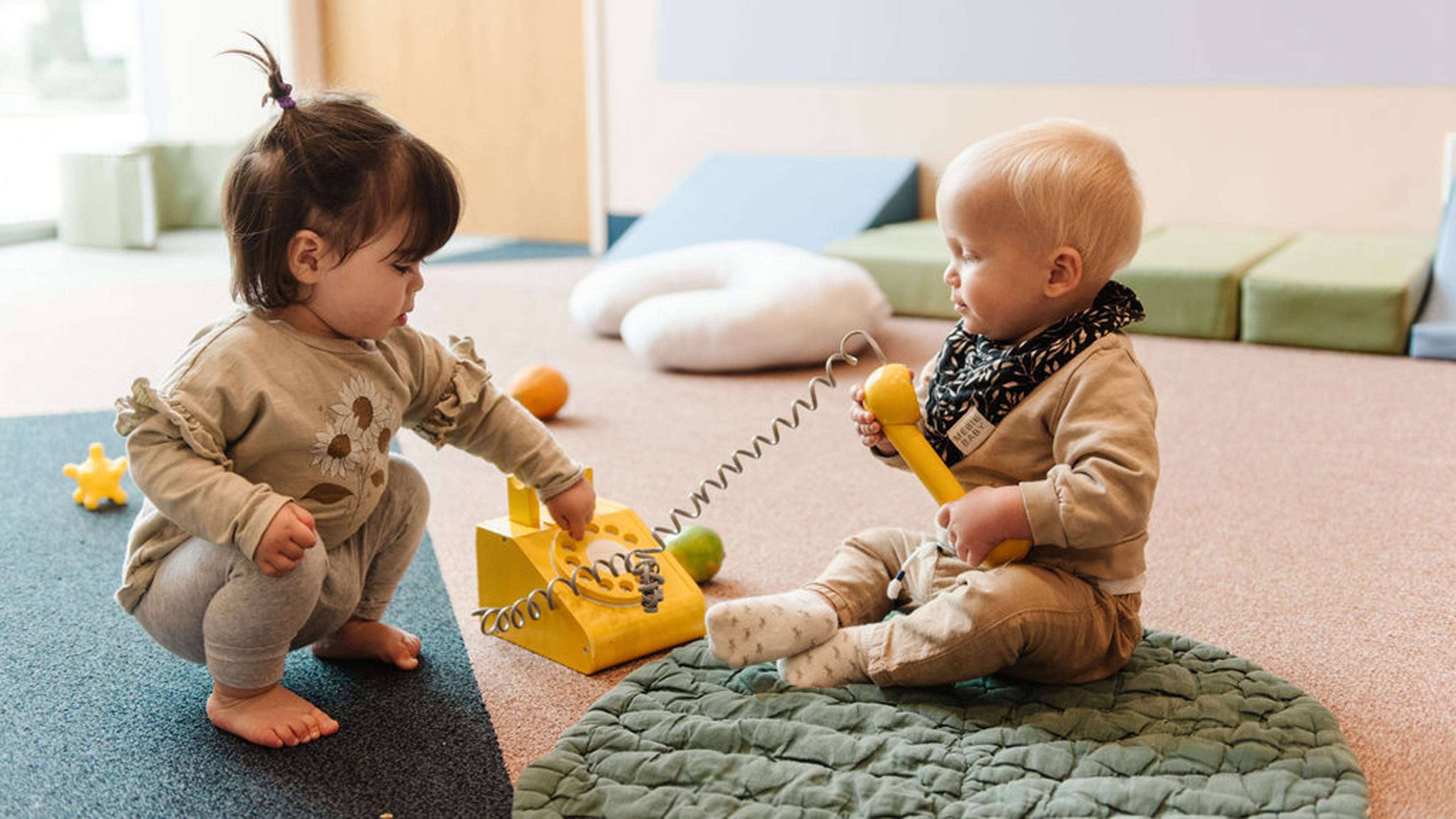The childcare environment can be noisy. Yes, there are the little chatterboxes and the sound-emitting toys with no volume control. There’s also a significant amount of noisy chaos—the bins of building blocks, the poster-covered walls, the exuberant use of primary colors. It all adds up to a space that can be a bit over-the-top. For kids with sensory sensitivities, including those on the autism spectrum, the combined audio and visual cacophony can make learning more challenging.


“When there’s so much information coming through your senses, your brain can’t really process the experience,” says Williams. “Especially for children who have any sensory or stimulation-based-processing issues, it can completely impact their ability to acclimate in a new environment or to emotionally regulate.”


It’s an approach that’s gaining traction in the realm of early childhood education, according to Alicia Noddings, an associate professor of education at Missouri Baptist University. “Our senses are not fully developed and coordinated when we’re born. It takes often in the range of six to eight years for that integration to take place, where we learn what to weed out and what to pay attention to and what is relevant to us on a day-to-day basis,” she says. “Teachers and administrators have become more aware of these ideas over the past 10 to 15 years.”
Noddings, who said she couldn’t fully evaluate Brella without visiting the site in person, said that the images she saw of the center indicate a space more capable of addressing the different ways children with sensory sensitivities learn, particularly through the space’s muted colors and natural materials.

Williams is hoping the idea catches on. The company has plans to open a third location later this year, and she’d like to eventually spread Brella beyond the L.A. region. As a parent, she knows that a well-designed childcare space can be beneficial not just to children but also to the parents handing off their kids to the influences of unfamiliar territory.
“There’s always a high level of anxiety for both parent and child in that separation,” she says. “I knew as a designer that the environment plays a huge role in that, and that it could also help. “
Recognize your brand’s excellence by applying to this year’s Brands That Matter Awards before the final deadline, June 7.
Sign up for Brands That Matter notifications here.
